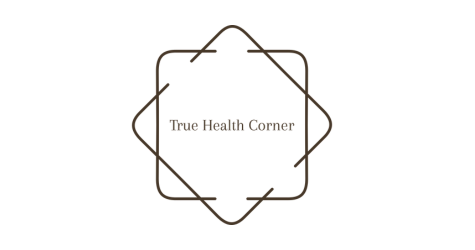If you’re feeling a bit blue, you might be surprised to hear that there are lots of ways to lift your mood in less than a minute. Skeptical? Try these…
Archives for 2020
Tools To Help You Achieve Your Goals
Many people think that they have to rely on themselves to stay motivated when striving to reach new goals. This is not true. There are many tools that you can…
How To Have A Clutter Free Mind
Decluttering your life and becoming organized starts with one important but easily overlooked step. You need to have a clutter-free mind. If your home and office are cluttered and disorganized,…
Changing Your Attitude
Do you sometimes feel that life hasn’t gone the way you had hoped? Do you find yourself complaining and blaming others for your misfortune? Do you find people trying to avoid…
How Much Discharge is Normal in Pregnancy
Vaginal discharge is one common sign noticed during early pregnancy. But how much discharge is normal in pregnancy? Let’s start by talking about normal vaginal discharge. What is vaginal…
17 Quotes About Achieving Success
Everyone needs a healthy dose of inspiration on their way to achieving success. Success is not always a straight line; sometimes we encounter setbacks, disappointments, and failures. We have curated…
